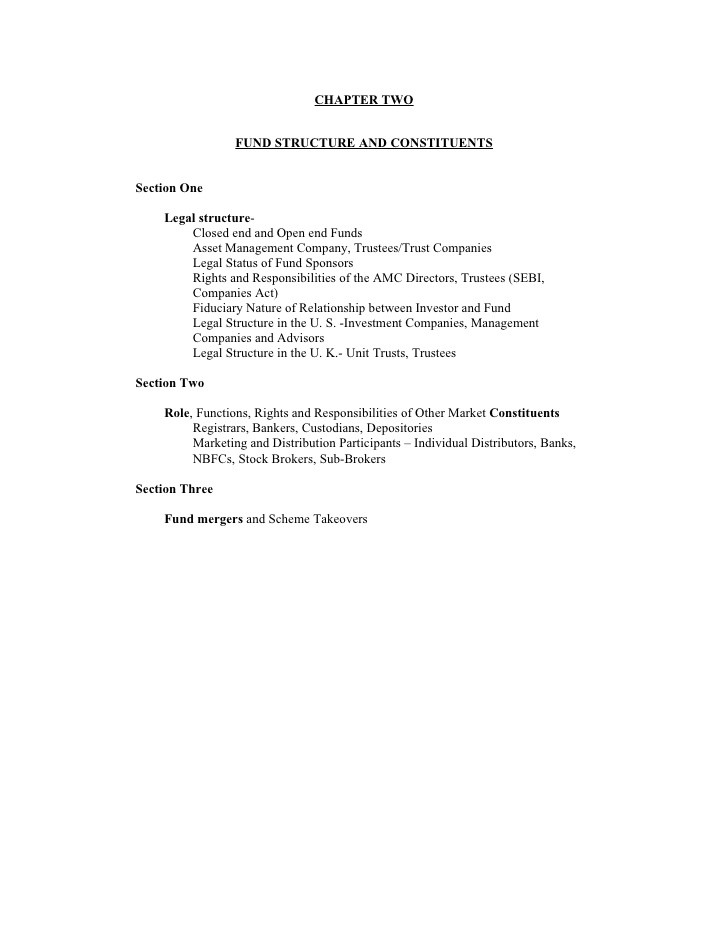Opening the Book on Closed End Funds
Post on: 14 Июнь, 2015 No Comment

Mutual funds remain one of the most popular investment vehicles available, and every year, more and more options become accessible to individuals. Open-end mutual funds allow investors to pool their money, and an experienced manager will invest in securities on a scale most investors would likely be unable to do on their own. Shares can be purchased directly from the fund at the market’s close, and be priced at their underlying net asset value (NAV). The diversification and experience that an open-end fund provides are very valuable, but many investors demand a different ownership structure. Thus, we have the closed-end fund.
Much like the open-end mutual fund, a closed-end fund (or closed-end investment company) is either actively or passively managed by an investment advisor, adhering to a strictly outlined investment objective. In an effort to achieve this goal, the closed-end fund can invest in a combination of stocks, bonds, and/or additional investment vehicles. The fund’s initial objective typically outlines characteristics and parameters of potential investment candidates based on the stated goal.
There are numerous closed-end funds, many with broad asset allocations across a variety of sectors, while others focus on a specific country or industry. For example, there are plenty of domestic, foreign, and global options for individuals looking for long-term growth. Indeed, one can find a plethora of funds that allocate the bulk of their assets to high-growth sectors, like technology, while there are closed-end funds that focus primarily on emerging markets, such as those holding mostly Chinese stocks. At the same time, an individual hoping to pad the income portion of his or her portfolio may find the healthy dividends paid by a high-yield fixed-income fund or a utility-heavy equity fund quite appealing.
Also, like its open-end mutual fund counterpart, the closed-end fund is highly regulated by the United States Securities and Exchange Commission. In addition, all capital gains and dividends must be distributed to investors.
What primarily separates a closed-end fund from the pack are its stock-like qualities. For one, shares are not continuously issued; rather a fixed number are sold in an initial public offering. Thereafter, the fund’s shares will usually trade throughout the day on a secondary market, such as the New York Stock Exchange or the NASDAQ. The closed-end fund’s value is determined by investor supply and demand—the way a stock is—not by its Net Asset Value. Generally, the fund is not required to redeem the shares upon investor request. (There are some specific closed-end funds that will offer to make such repurchases upon occasion.) Instead, investors must buy and sell shares on the open market, as they would, as noted, likely a common stock.
Pricing, however, can be one of the more confusing aspects of the closed-end fund. Quite often, these shares do not trade at exactly their net asset value. Instead, they will be priced at a premium or discount to the fund’s NAV. One clear explanation is the discrepancy between the current value of the portfolio holdings and the market’s perception of what it should or may soon be. In the case of a premium, shares can be purchased at a price higher than the per-share value of the fund’s underlying assets. The logic is that the portfolio’s holdings will eventually appreciate enough in value to match the market’s expectations (i.e. the premium price). On the other hand, a discount may suggest that Wall Street anticipates a decline in NAV is on the horizon, and investors are only willing to pay a certain price, reflecting a potential point of depreciation.
Being that they trade on the open market, shares of a closed-end fund are also, at times, subject to broader fluctuations. Too, a lack of or increasing faith in the portfolio manager may nudge the share price in one direction or another without having any impact on net asset value. In addition, the issue’s dividend may also come into play. The fund requires capital to support dividend payments. Any shortfall in profits may deplete the capital needed to finance such cash disbursements. Thus, the closed-end fund may reduce or suspend the dividend, or replace a portion of the distribution with return of capital at another point in time. Any such action may propel investors to alter their positions, which may amplify the discount or the premium. Many believe the price-NAV gap should create arbitrage opportunities. However, others would be quick to argue that the timing of an asset liquidation or other such factors limit, if not erase, any such potential.

Another characteristic of the closed-end fund is its looser liquidity requirements, as compared with the open-end mutual fund. As mentioned earlier, a closed-end fund does not have to redeem shares from investors the way an open-end fund does. As a result, it can invest in more illiquid securities (typically those that cannot be sold within one week). This allows the fund to access a wider pool of investments in different sectors, regions, and markets.
As far as fees, a closed-end fund is not lacking. Most options include typical fund expenses and management fees, with the bulk of the latter likely ranging from 1%-2%. However, active management could result in higher fees and have a larger impact on taxes. Furthermore, since it is purchased like a stock, the issue is subject to trade commissions.
Before an investment decision is made, individuals should carefully review whether or not the ownership structure of a closed-end fund is right for them. Although the portfolio may be built the same as an open-end mutual fund, the similarities end once an investor takes a position.
At the time of this writing, the author did not have positions in any of the companies mentioned.














